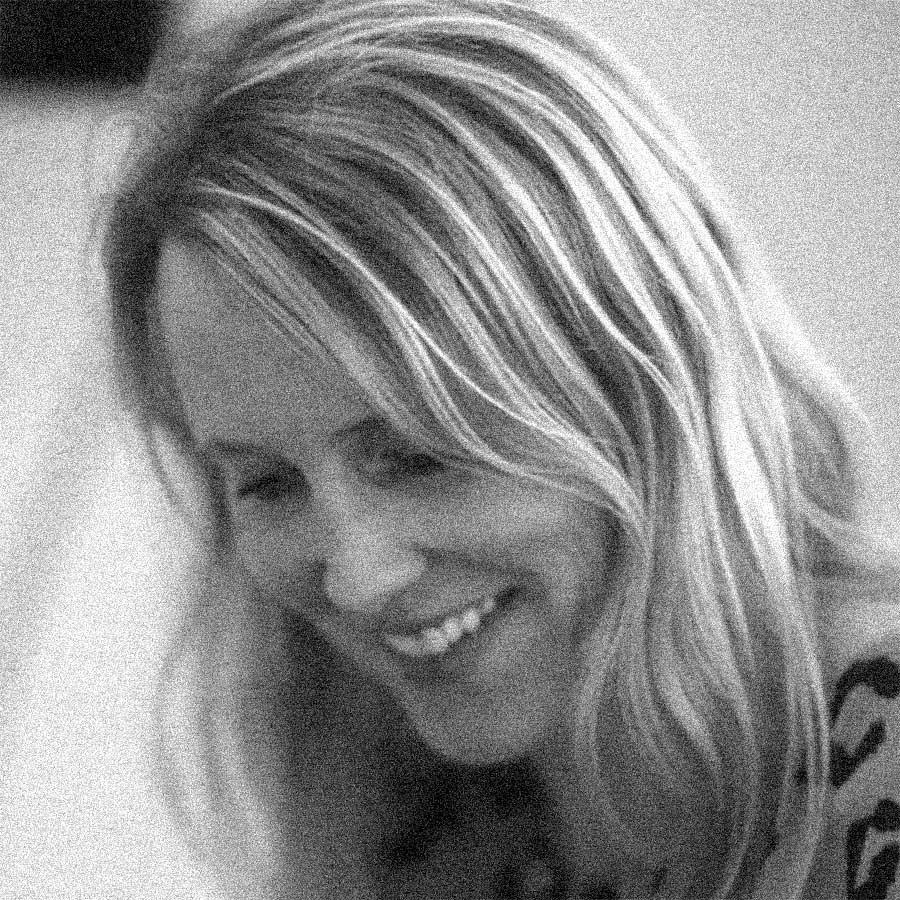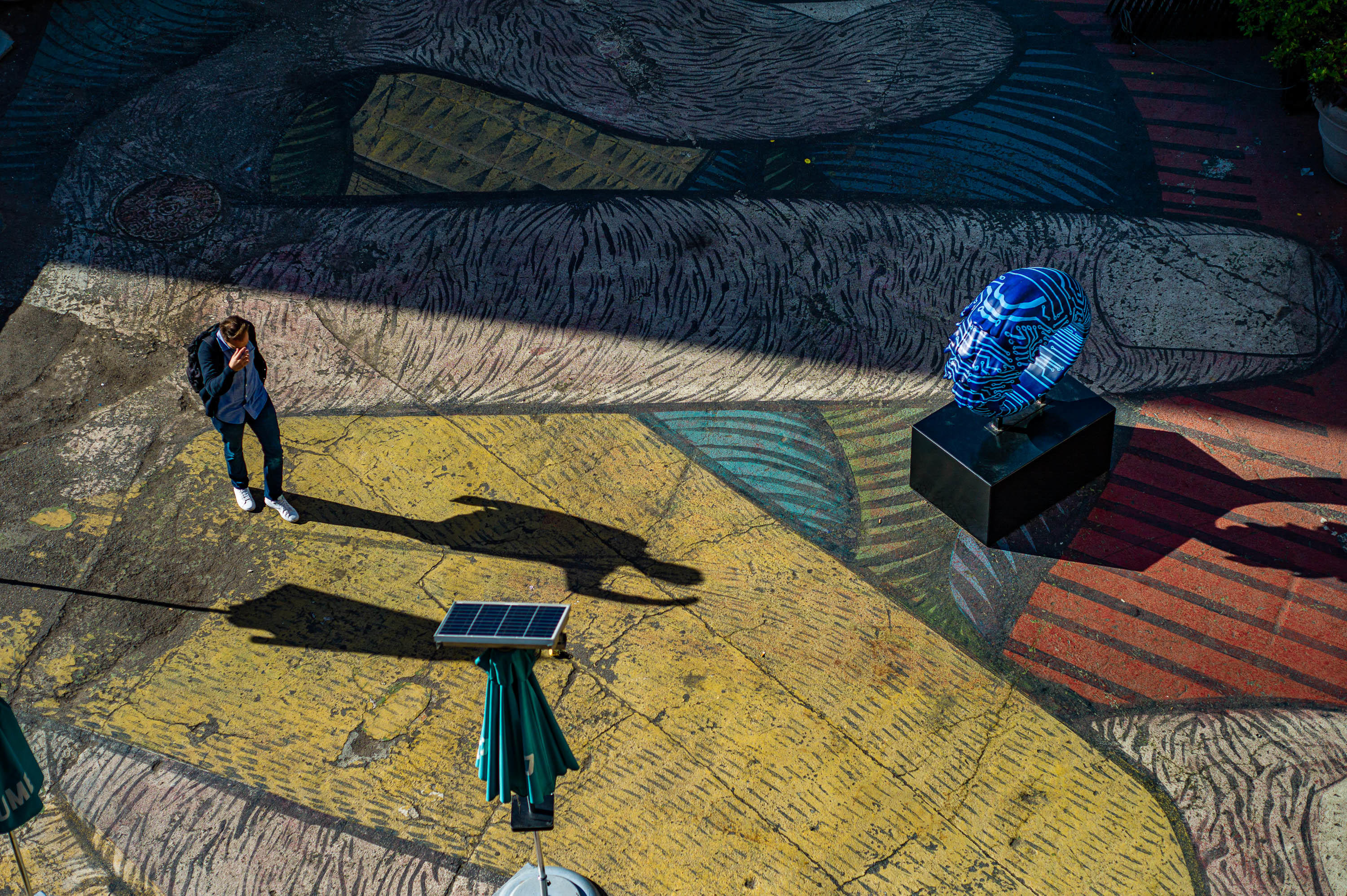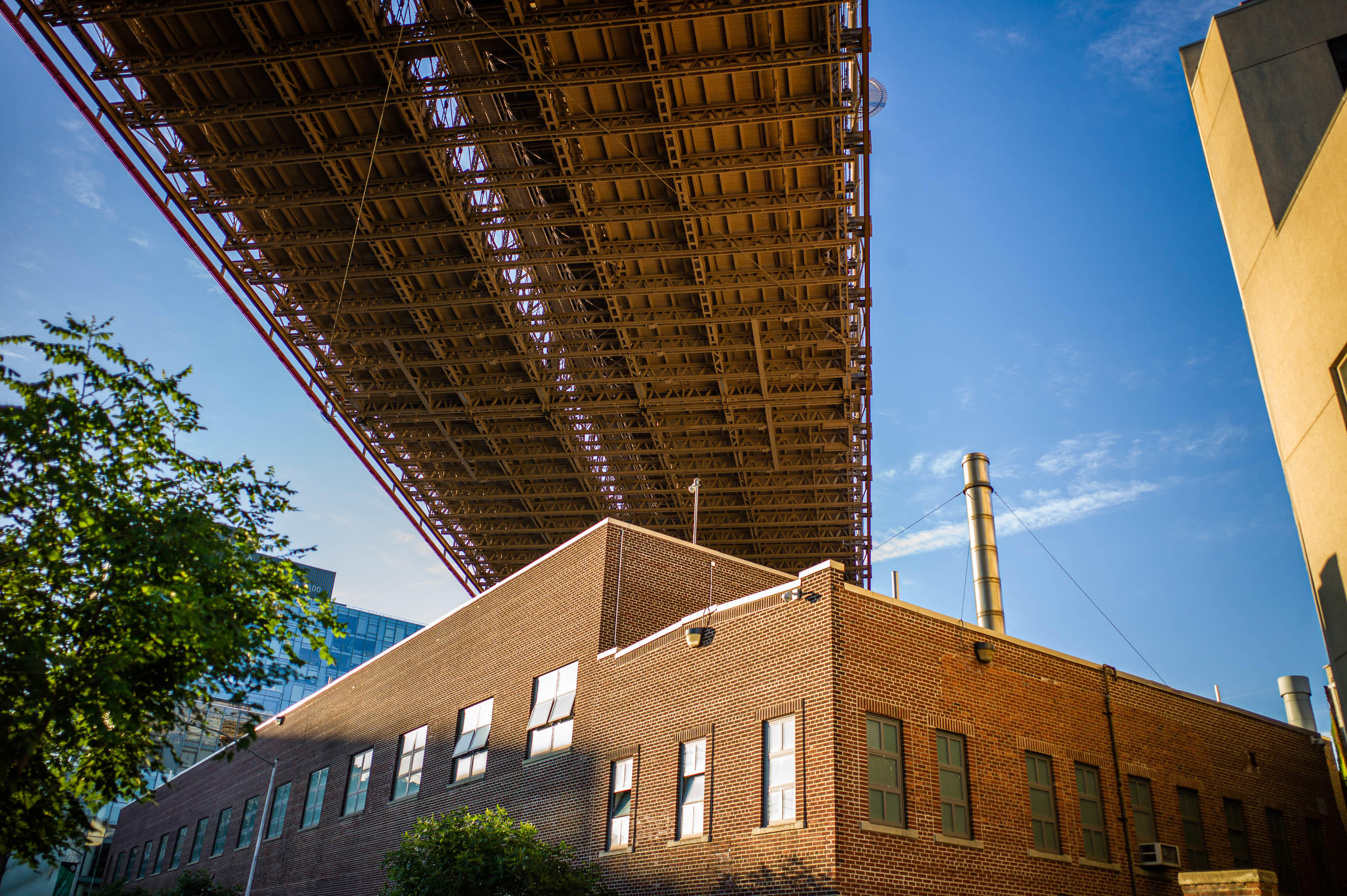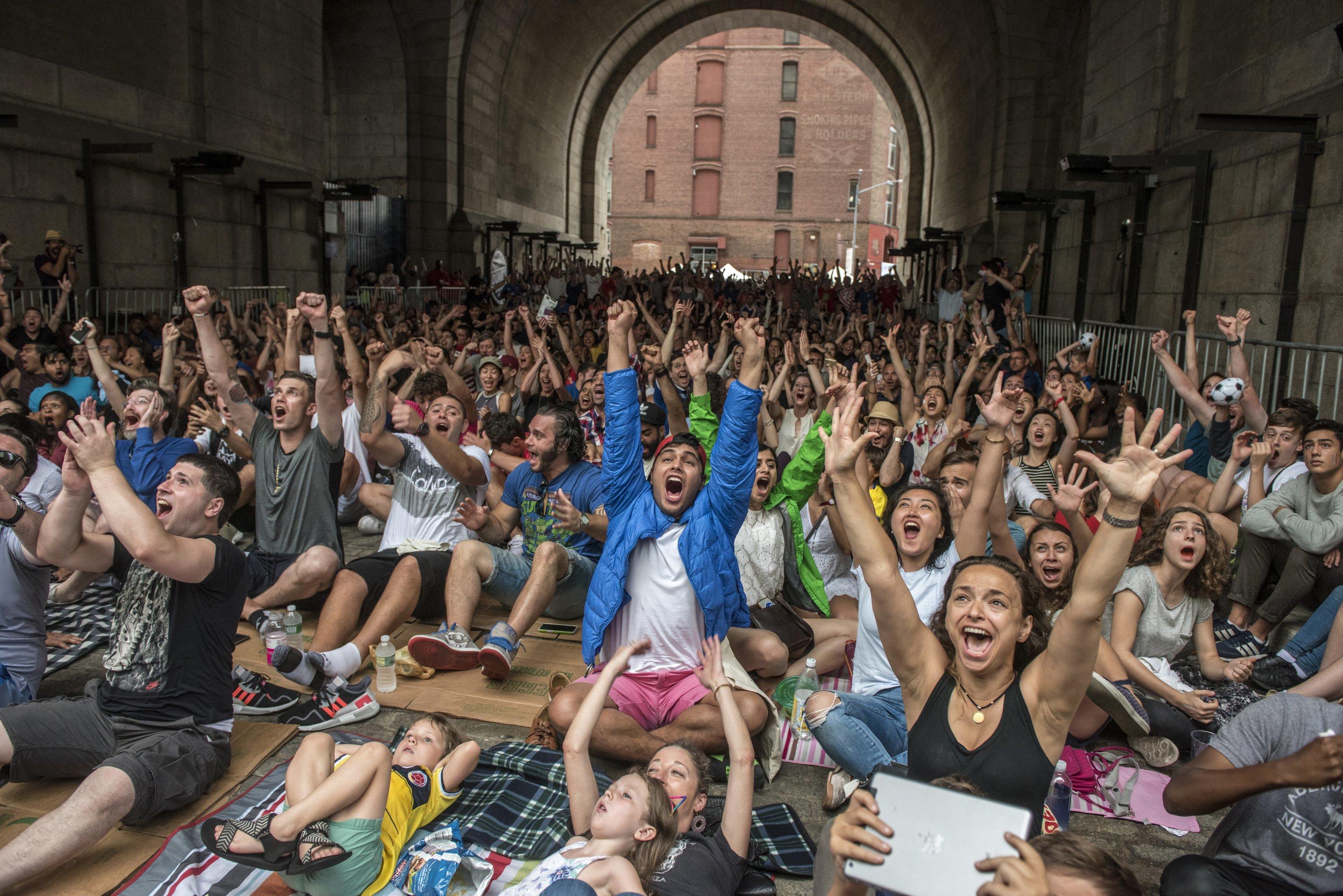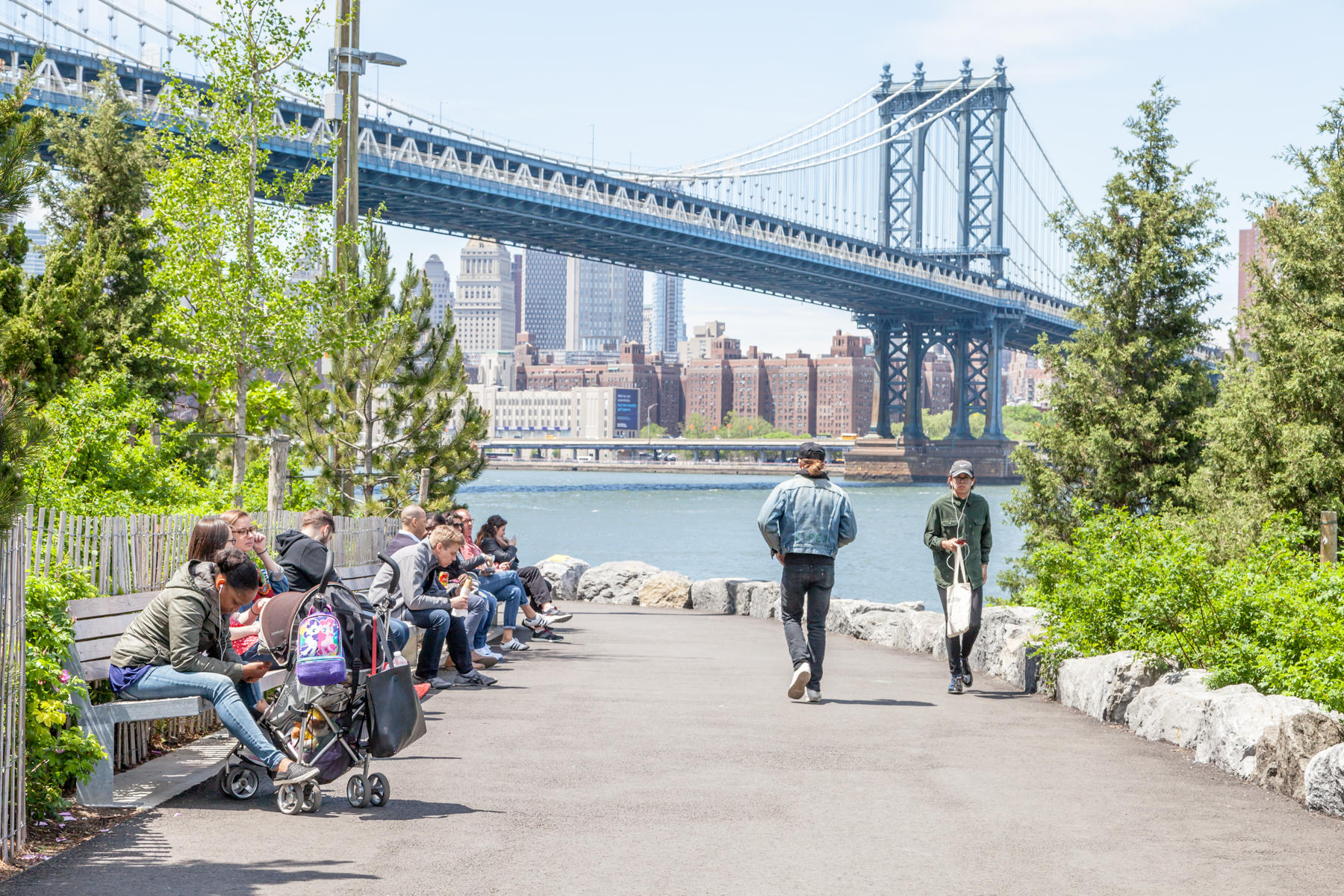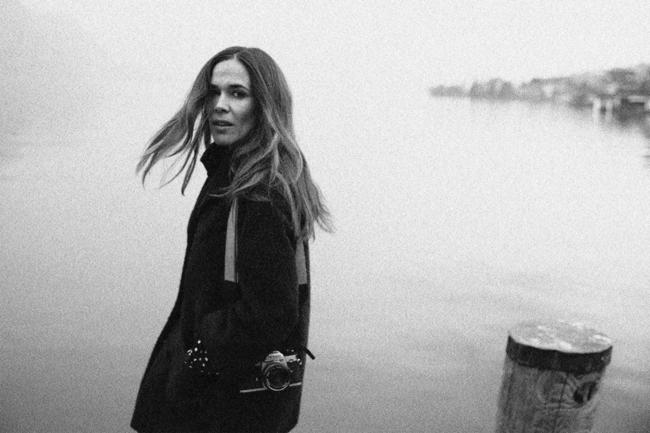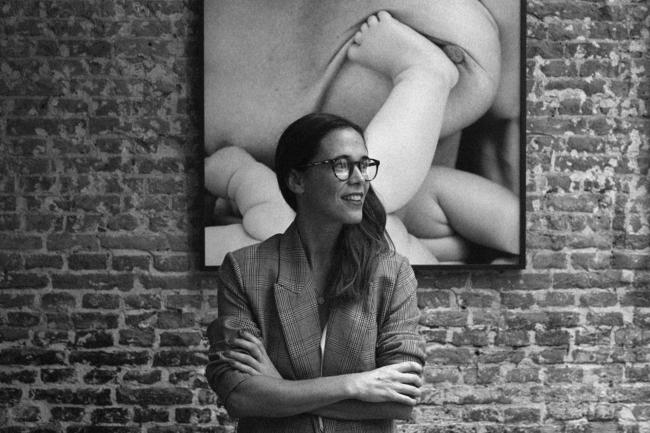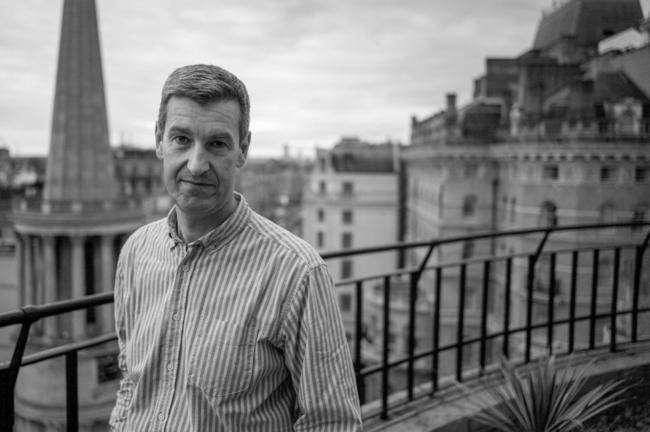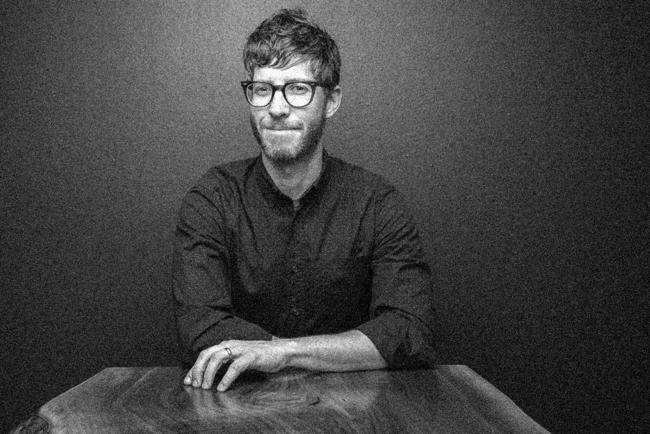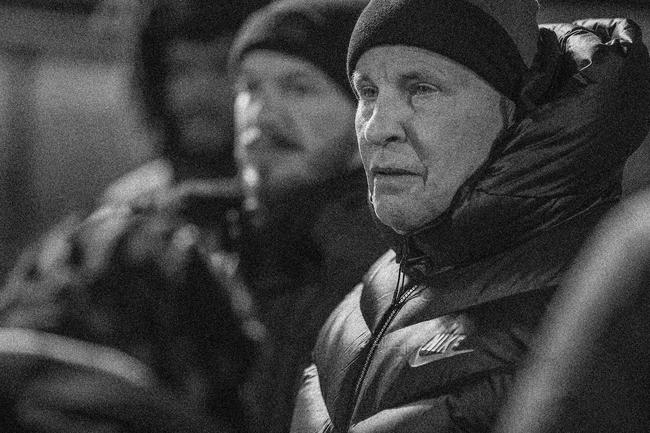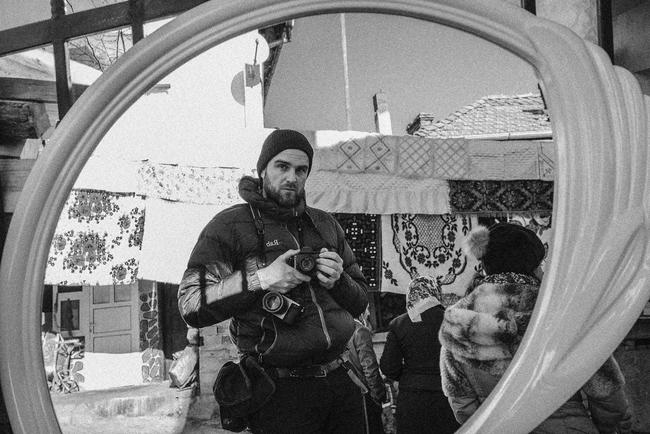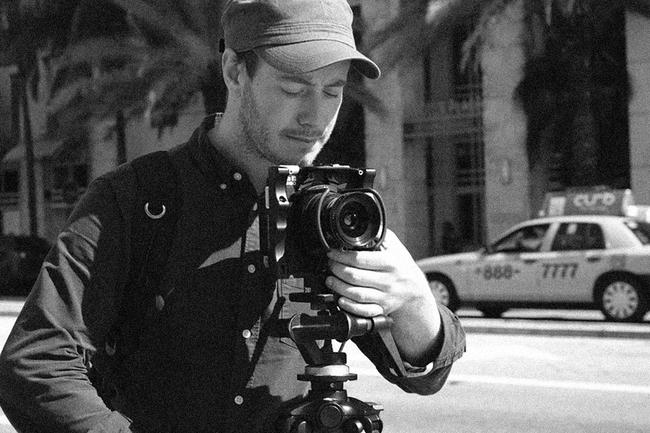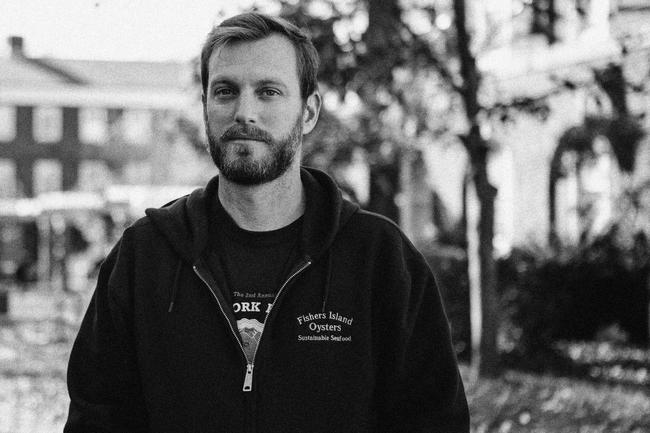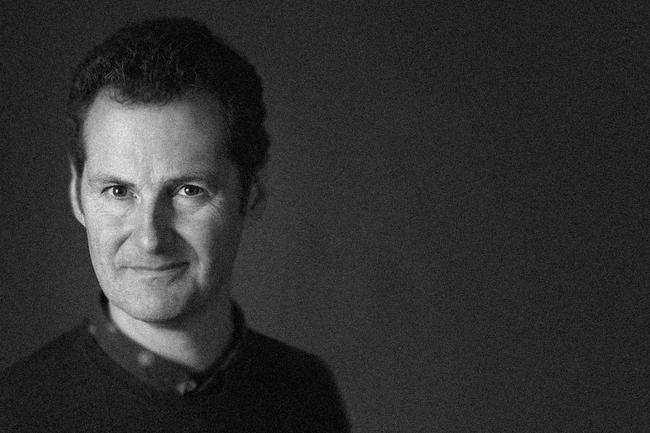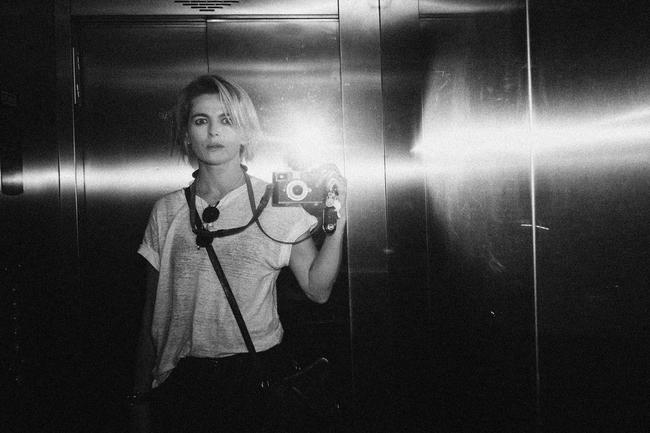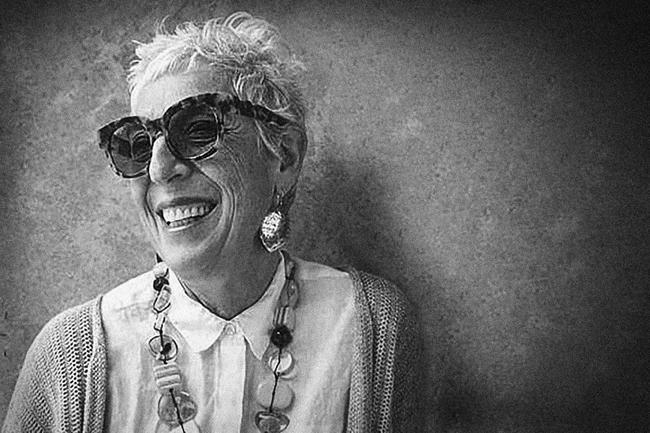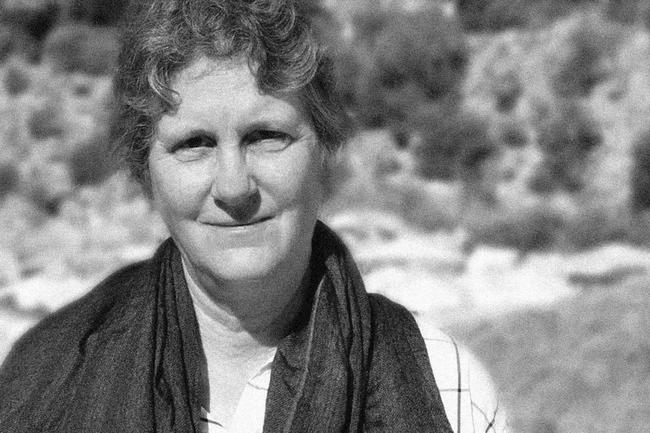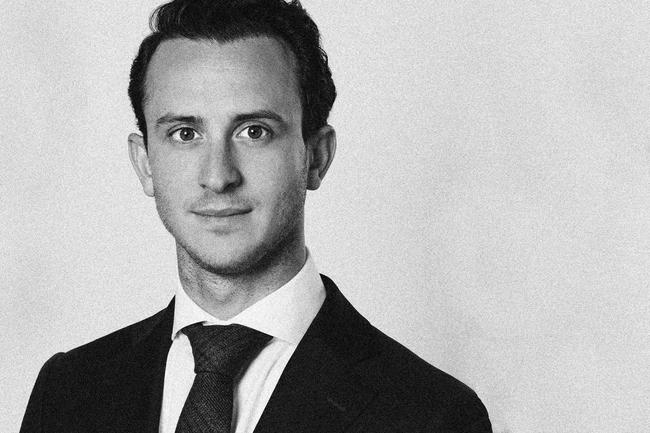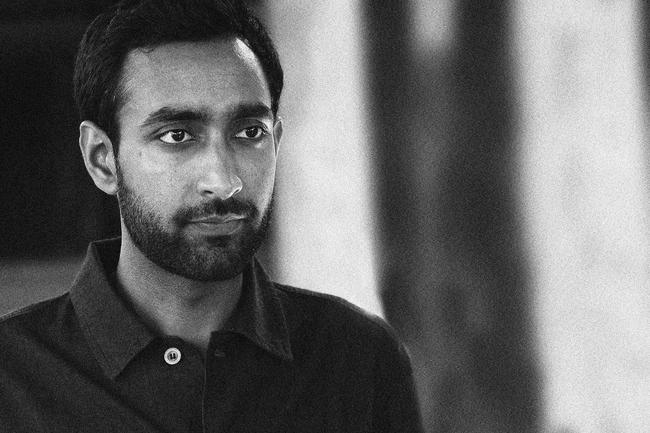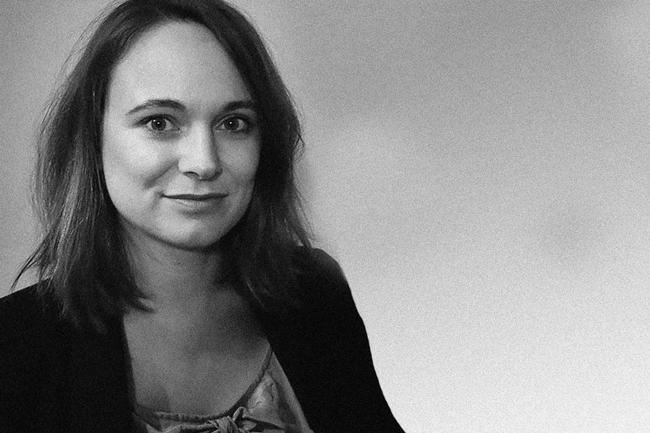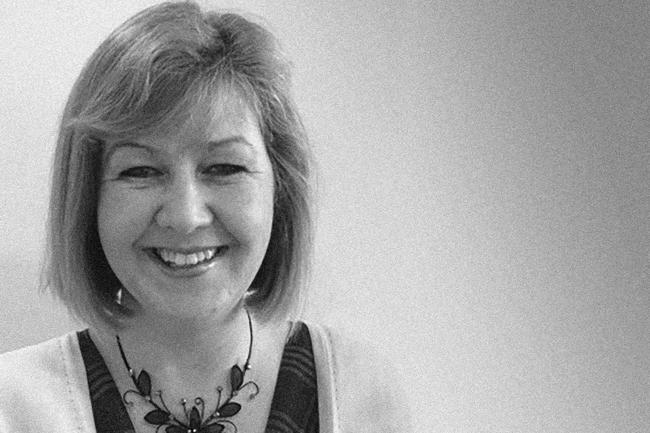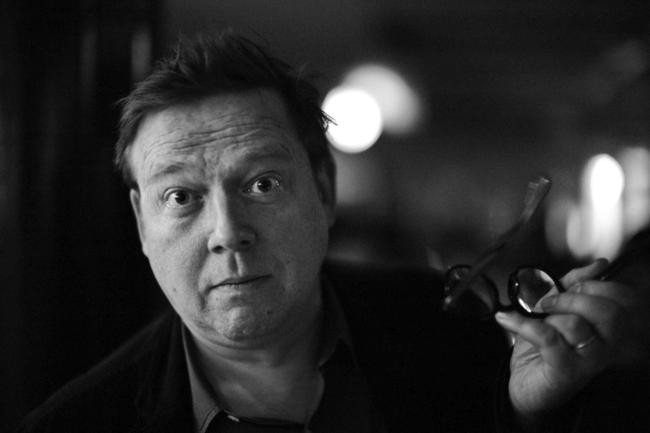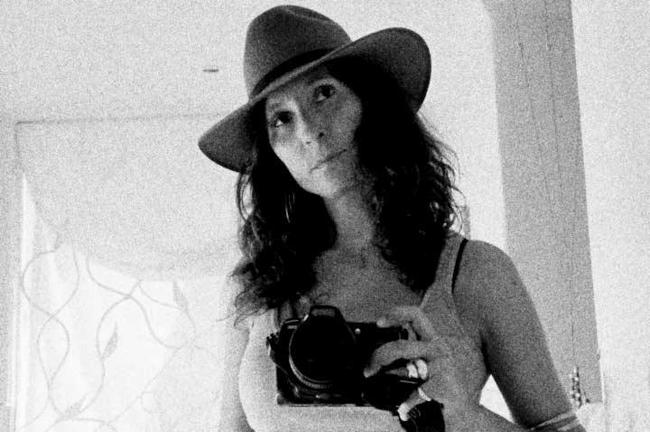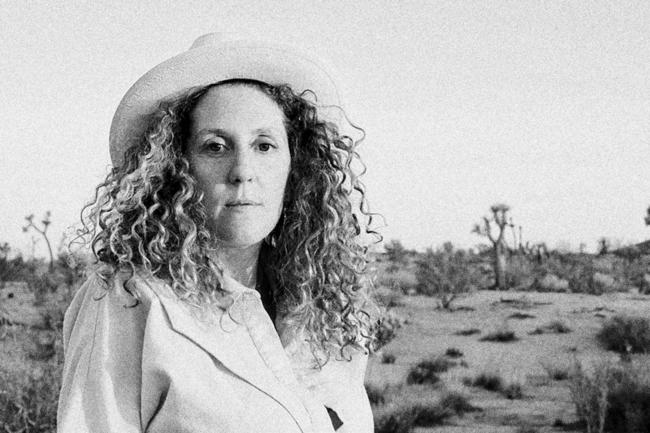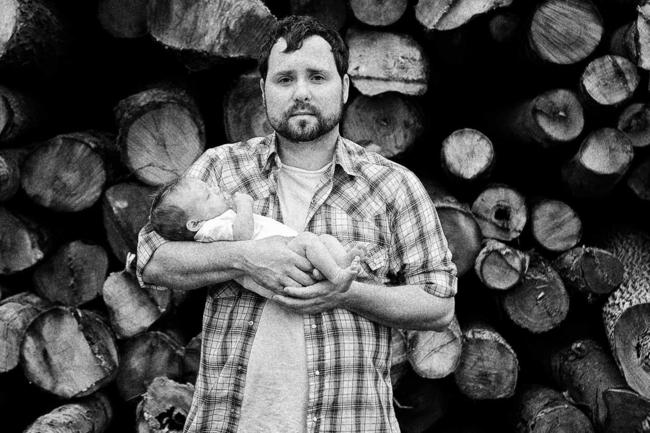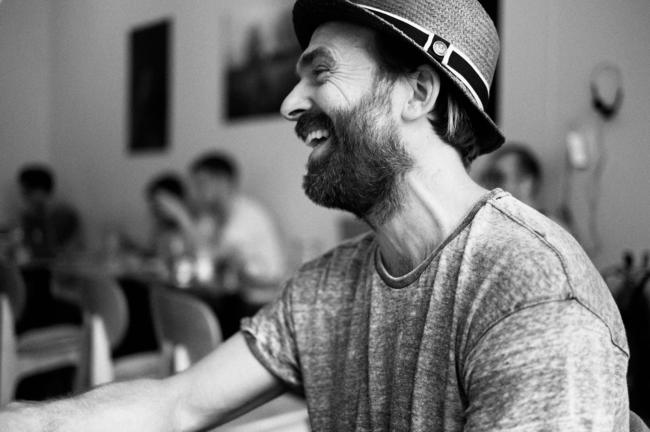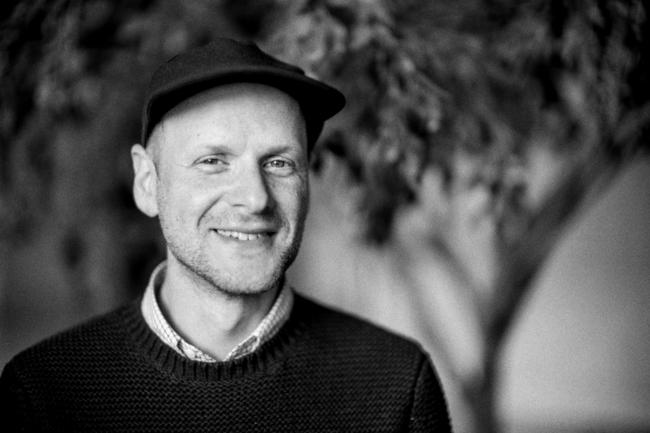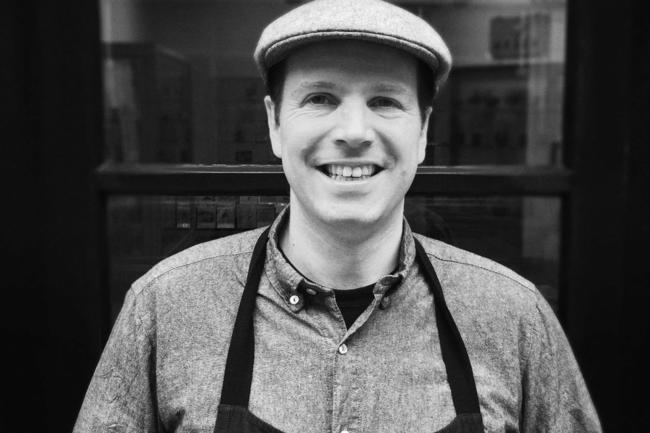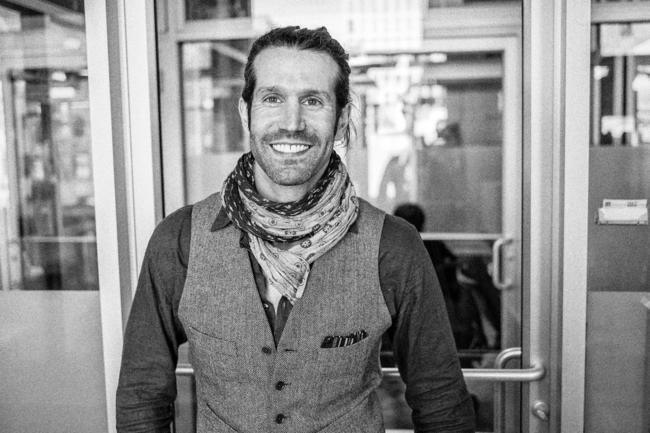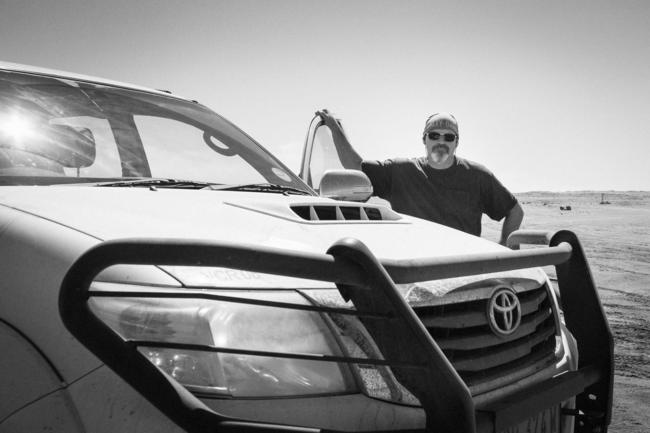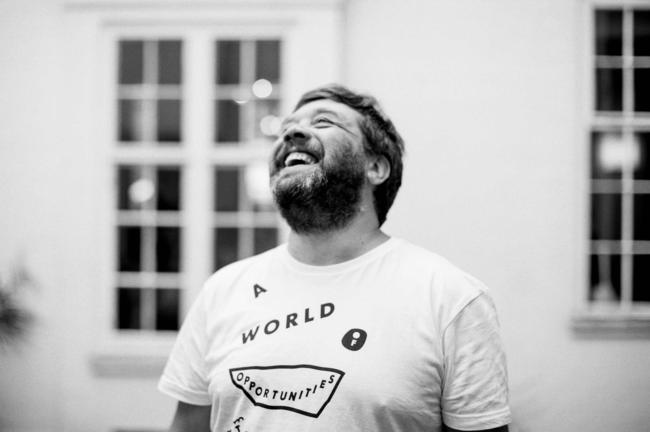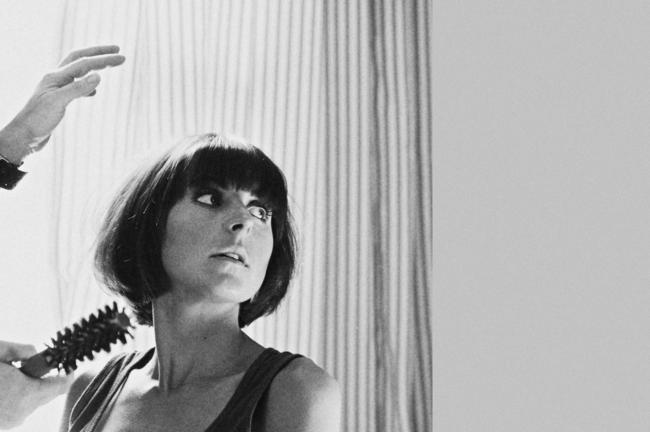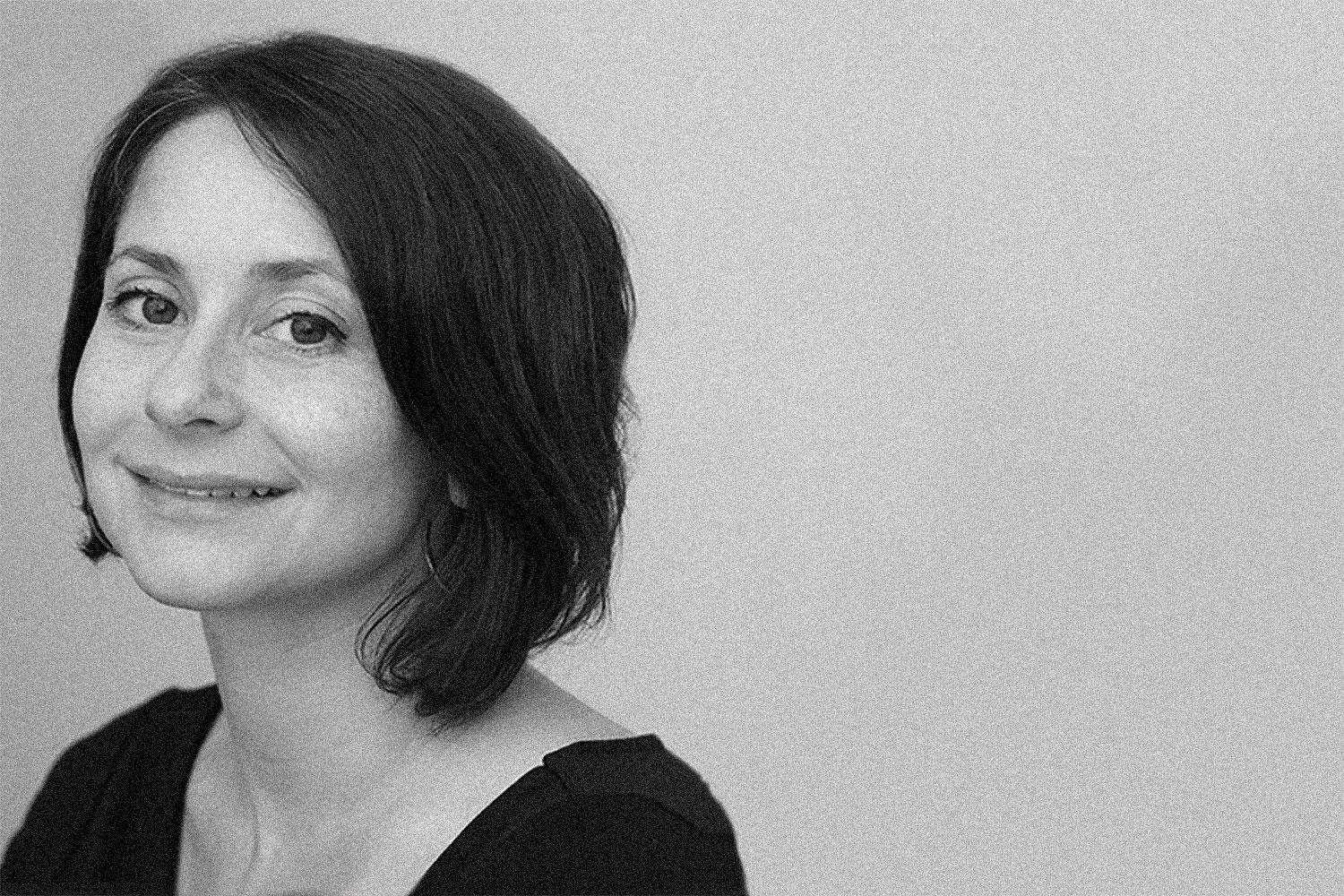
City spotlight on New York:
conversation with DUMBO BID
The New York neighbourhood of DUMBO, in Brooklyn, is somewhere bursting with creativity and innovation. It is a place full of soul and one that feels very welcoming, which makes it a neighbourhood for the future. Continuing our spotlight series on what sustains our cities globally, we dig into another local organisation in DUMBO that is all about community and bringing people together.
The DUMBO Improvement District (DUMBO BID) is a non-profit organisation that describes itself as part chamber of commerce, part parks development and part neighbourhood cheerleader. It works hard to improve DUMBO’s creative and innovative vibe. It is all about promoting people, spaces and creativity and it’s made a huge difference to the neighbourhood over the years.
Its efforts focus on everything from bringing free art to the area to cleaning the streets, and from supporting everyone from tech start-ups, advertising and creative firms to artists, festival and foodie ventures.
We talk to Alexandria Sica, the organisation’s executive director, about its work over the years, what’s on the horizon and what’s special about DUMBO.
Photo credit: Clara Schuhmacher
Can you describe what DUMBO BID is all about, why it exists and how it supports the neighbourhood?
We are a non-profit community development organisation – kind of a combination of chamber of commerce, parks department and neighbourhood cheerleader. We exist within the NYC Business Improvement District Programme and there are 70 something of these [BIDs] throughout the city. Essentially we are funded through a special assessment district for commercial property owners who are contributing to neighbourhood amenities, services and advocacies to help their neighbourhoods be better, brighter places.
Our organisation has been around since 2006 so we are into our 14th year. We have helped push for millions and millions of dollars of public investment. And we have helped push for the growth of the tech and creative industries in the neighbourhood, which have really taken off and positioned DUMBO as one of the top choices for locating a creative company in New York and the number one commercial district for the borough of Brooklyn.
DUMBO has also become a major tourist destination. We’ve been promoting the neighbourhood as a tourist destination for years and working with the city to build out Brooklyn Bridge Park, to help attract businesses that would support the tourist ecosystem. Really it’s become a very important destination for New York.
The neighbourhood has had such an incredible transformation. And your organisation does so much to help keep the community prospering. We love that you’re all about creativity and innovation. The communities that offer this are ultimately the most sustainable and attractive neighbourhoods for the future.
For sure. One thing that you might not know about DUMBO is that WeWork actually started here at 155 Water Street – when [its CEO] Adam Neumann started Green Desk co-working space [which has a focus on sustainability] as a way to affordably parse spaces in one of our office buildings. This was incredibly innovative and it became a model, obviously. We have found that for DUMBO it works to have these kinds of small spaces with shorter leases and larger spaces – both in abundance. Smaller spaces give entrepreneurism a go, and the larger spaces build the aspirational qualities of the neighbourhood. People think ‘Etsy made it here, so can I. These creative giants are here, I can do it too’. It’s really about size diversity within the cluster of innovative companies. Everyone can find inspiration from their neighbours.
Photo credit: Witold Riedel
Your organisation seems to have played a really important role in helping the neighbourhood to shine.
We have. We’ve played a role both in helping to tell the story of DUMBO, through to branding and marketing initiatives. We are constantly working with neighbourhood partners to bring the creativity that’s going on behind office doors out to street level. So we put on a lot of public art and events that are very specifically DUMBO in nature. We have also opened and managed several new public spaces – like the archway under Manhattan Bridge, a space up on Sand Street.
The biggest transformation, I think, for this neighbourhood – that was kind of a pre-cursor to a lot of the buildings that have gone up in recent years – was the transformation of the harsh environment. We live with two very epic but very loud and disruptive bridges above us – the Manhattan and Brooklyn bridges, [ and then we’re also bordered by the BQE highway [the Brooklyn-Queens Expressway]. This really dramatic New York infrastructure has, for years, dictated the feeling of the neighbourhood below, creating barriers and large swathes of dead zones where you have to walk a couple of blocks before you see life on the other end of the bridge.
So we’ve done a ton to really create a fresher and friendlier experiences along those routes, and make it a place that feels very warm and lovely for families, creatives and visitors alike. What’s so unique and wonderful about this infrastructure, that kind of defines DUMBO, is that it creates a very campus-like feeling to the whole neighbourhood. It’s unique for New York in the sense that you’re either deciding to go to DUMBO or not. You are absolutely making a decision to go into the neighbourhood.
So everyone is there because they want to be there, they are not just passing through. That’s an interesting element.
It is, totally. And in the same way it’s also a big deal to leave once you get here. It’s a very special place; you walk around and you see familiar faces. It really functions like a village within a city.
It’s fascinating to think of how this looming infrastructure, that in any city could simply feel oppressive, now lends self to this coziness.
Photo credit: Witold Riedel
As a fellow local business, we [at Tea & Water] still feel genuinely astonished at how creative DUMBO is. Many places go through these huge transformations but it seems like such a supportive, dynamic and creative environment. Of course these origins come very much from the Walentas family and Two Trees, whose mission to develop DUMBO has always been about making spaces and places where art and community thrive. To have somewhere with such an arts focus gives the neighbourhood a really energetic nature.
Totally and it’s very, very purposeful. And then significant work has to be done to really continue to support that cultural focus. This can be seen through things like the Two Trees city programmes through to first Thursday gallery walks. We do projections on the Manhattan Bridge every month that highlight artists and we have open studios. There is constantly in our minds this focus on the heritage of the neighbourhood and being a haven for artists. A great example of this is on Thursdays in the summer, when we have a concert series. It’s not atypical of many neighbourhoods and public spaces but at the same time we erect a pop-up gallery that allows a local artist to hang a tiny gallery show every week. So we are literally putting on 15 art gallery openings each summer. And those are always DUMBO-based artists, who are given a really great opportunity to connect with the community in a different way.
When people talk about future cities, it’s often in terms of ‘smart cities’ and the buzzword ‘sustainable’ has been everywhere for some time. But this means so many different things. We believe what makes them smart and liveable is really culture and creativity. These elements are the soul of our urban spaces and communities, and the best way to bind whole communities and bring people together. You talk about bringing creativity that’s behind closed doors outside – and that, to us, sort of feels like the beating heart of cities.
Totally! People are the soul of a place, and it can be very easy for us to go about our daily life not feeling connected. We are always tapping various partners – like artists, musicians, neighbourhood kids, shop owners etc – to share some of their creations publicly. You can see people respond immediately and just knowing that this all exists in the neighbourhood is a value add to their daily experience. They might not be art aficionados, but they appreciate a place where people are contributing to the atmosphere and mix of it all.
Photo credit: Julienne Schaer
Can you talk a bit about some of the range of exciting people and businesses you’ve come across since working at DUMBO BID?
One of the things that’s so lovely to me about this neighbourhood is the mix of old and new. I know you profiled Bruce Silverglade and Gleason’s Gym – that’s the most classic community example anyone could hope for. But we also still have one of the restaurants that’s the heart and soul of the neighbourhood, called Superfine. It was opened by three women artists more than 20 years ago and they are continuing to rock it – it’s a great bar and local vibe. At the same time, we have really new and lovely retailers who are coming in, all of which are either a single business or just a handful of branches. A good example is the ice cream shop, OddFellows, and also Vinegar Hill House [restaurant] having multiple outposts in the neighbourhood. The owners are very invested, so to see those kind of openings still happening in a neighbourhood like this is very exciting; instead of these big conglomerates coming in all the time.
DUMBO does feel like a real community, even though it’s very much a place to work. It feels very much somewhere where families can spend time.
It absolutely does. We have our neighbourhood pharmacist and then our Front Street Pizza, which been around forever. DUMBO somehow feels very intimate. I lived in DUMBO for two years with my young daughter and it felt like a Mister Rogers’ style neighbourhood [as portrayed in the 60s American kids TV series], where all of the services and intimacy you would feel in a smaller place are here in the city. It’s difficult to describe the feeling to outsiders.
Photo credit: Clara Schuhmacher
Tell us more about you. How did you end up in DUMBO and working for this organisation?
I grew up in New Jersey and have been in New York for the last 15 years. I joined DUMBO BID at the end of 2010. Before this I was special assistant at the Port Authority [of New York and New Jersey], working on one of the long-term tunnel projects that got cancelled! Prior to that I was actually working for US Senator Schumer [as director of economic development], so I’ve kind of been around New York city life for many, many years now.
Working at DUMBO BID is really by far the most rewarding and meaningful work I’ve ever done. The tangible qualities of some of the work we do – literally bringing things out into the community and helping people on a daily basis – is just wonderful.
That being said, for the last eight years I’ve been working on restoring DUMBO’s Belgian block streets, which has been a long time coming and that project just started this spring. So we do get to work on some long-term projects.
So is that one of the biggest things for 2019? Tell us more.
Definitely. I like to say DUMBO’s Belgian blocks are beloved but beleaguered. They are totally broken and have been around for more than 100 years and the water and sewer pipes below ground have not been updated in more than a century. So the neighbourhood suffers from a lot of flooding and really treacherous walking and biking conditions.
And because of the way the bridges intersect with the street grid below, you have weird situations where you are walking on a sidewalk and it just ends and runs into the bridge. So we’re really overdue a modernisation of our street network down here. The city is investing many millions of dollars to restore these blocks, which is very exciting. A granite bike pass is also going to be installed on all the streets, so cyclists can more easily and safely travel around the neighbourhood. Crosswalks will also be modernised and there will be tons of space, so it’s great.
Wow. A massive project. It will make a real difference.
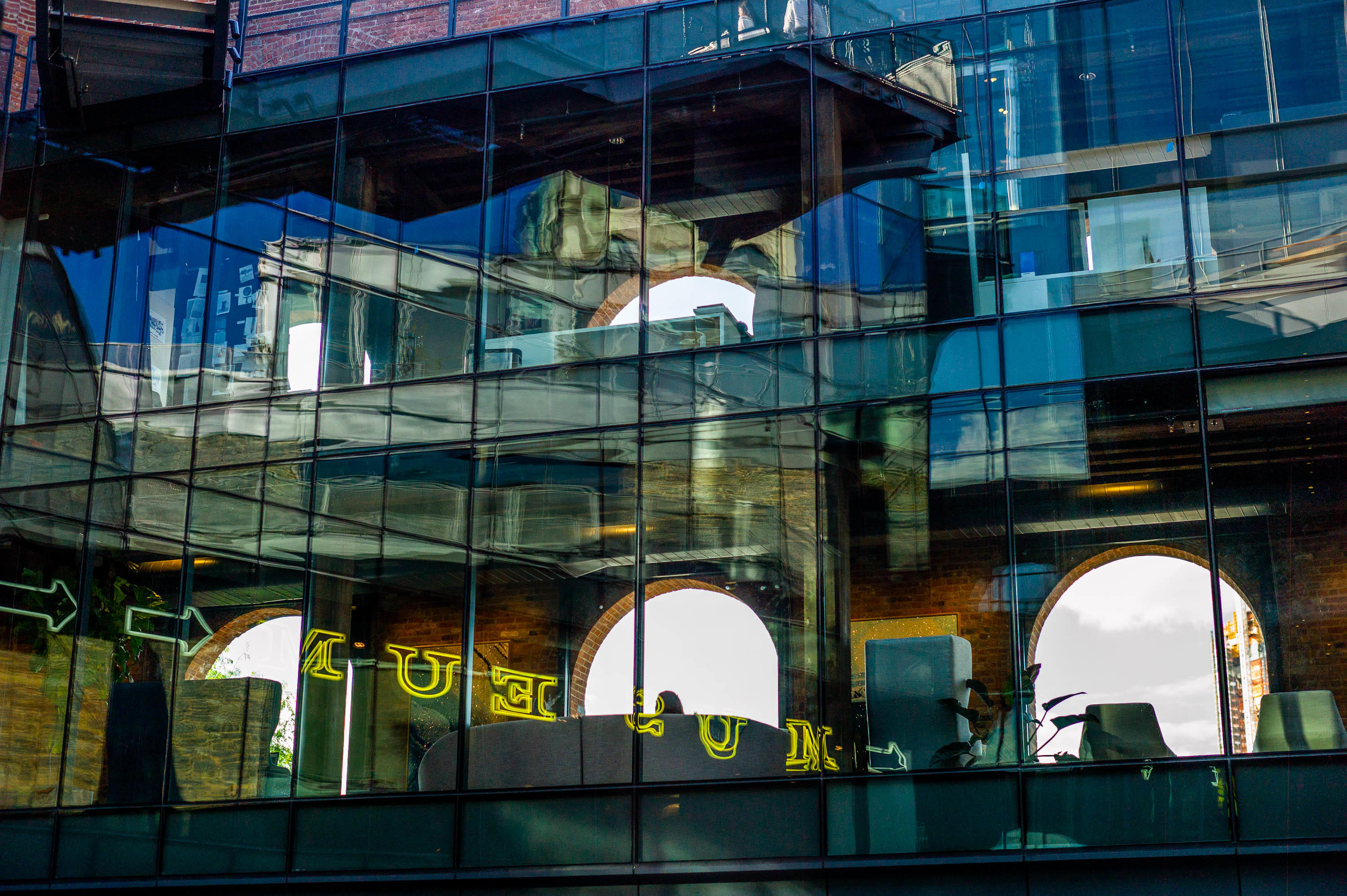
Photo credit: Witold Riedel
We’ve talked a little about the changes you’ve seen. What are you most proud to have been involved in?
The resurgence of Brooklyn as a first choice commercial district, was very inconceivable. Back in 2010 that was really still a pipe dream, so to see DUMBO now leading the way and really becoming such a powerhouse for the New York City economy is amazing.
When Etsy was outgrowing its space in DUMBO, it took over and renovated an entire building in the neighbourhood, just to stay in the community, and then it went public. These are huge moments for the Brooklyn economy. To be such a small community and really have such an impact in leading the way for an entire borough is very exciting.
Another thing that’s been great over the last years is the renovation of Empire Stores and the Tobacco Warehouse into St Ann’s Warehouse. These are things that were very difficult community conversations about adapting for use, and I feel like the city and community ultimately came together and had really successful projects in celebrating and reusing amazing historical assets for modern use. So it’s really lovely and wonderful that it happened and we are able to maintain our historic charm while serving lots and lots of people.
